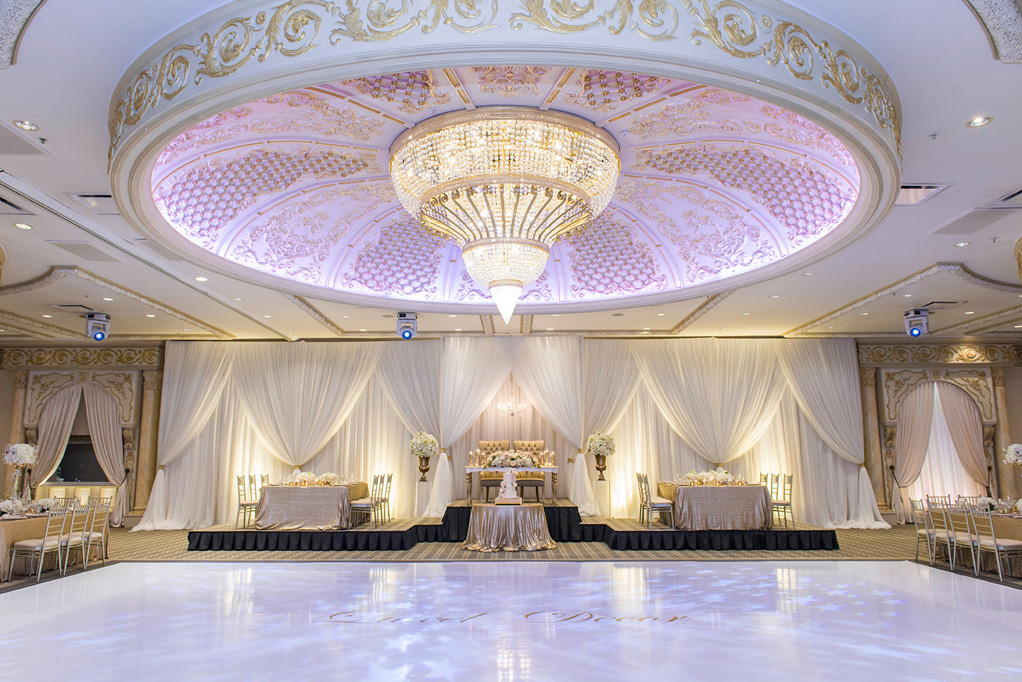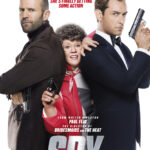Iconic Entertainment Venues of the 1990s: Where Music, Culture, and Nightlife Thrived

Introduction: The Golden Era of 1990s Entertainment Venues
The 1990s marked a transformative decade for entertainment venues across the United States and beyond. During this period, live music clubs, nightclubs, coffeehouses, and amphitheaters were not just places to see a show-they were cultural landmarks where trends were set, communities were built, and musical legends were made. Exploring the landscape of entertainment venues in the 1990s provides insight into the ways people connected, the genres that flourished, and the venues that defined an era. This article delves deep into the popular types of venues, their unique characteristics, and how you can access or experience their legacy today.

Source: motortrend.com
Music Clubs and Nightlife: The Social Pulse of the 1990s
Throughout the 1990s, music clubs and nightclubs were hubs for live performances, dancing, and the launch of countless careers. Major cities and college towns alike saw a surge in iconic venues that became synonymous with the sounds of the decade. For instance, in Tempe, Arizona, a cluster of venues around Hayden Square, including the now-legendary Club Rio, regularly hosted major acts such as Green Day, Korn, and Phish. Club Rio was renowned both as a nightlife hotspot and as a major concert hall, drawing thousands for its eclectic lineup and energetic atmosphere. Its impact was so significant that even after its closure, the site remains a point of local nostalgia [1] .
Similarly, Milwaukee’s Eagles Club was reborn as The Rave in the 1990s, quickly becoming a premier destination for touring bands and a vital part of the Midwest’s music scene. The Rave’s multi-room layout allowed for a diverse array of acts, from alternative rock to electronic dance parties, and it remains a testament to the versatility of 1990s venues [4] .
To experience the atmosphere of these venues today, you can search for their modern successors or attend reunion events and tribute nights, which are often organized by local music communities. For specific locations, use search terms like “historic music venues 1990s [your city]” or reach out to city arts councils for tours and event information.
Coffeehouses and Small Stages: The Rise of Intimate Performance Spaces
Beyond the major clubs, the 1990s also saw a boom in coffeehouses and small performance spaces that catered to emerging artists, poets, and fans seeking a more intimate setting. In Orlando, for example, the Yab Yum Coffeehouse opened in 1992 and quickly became a haven for poetry readings, open mic nights, and one-act plays. Soon after, the Go Lounge was established in a converted bus station, providing a unique backdrop for indie performances and fostering a diverse community of creatives [2] .
These spaces were essential in nurturing local talent and often served as launchpads for artists who went on to national fame. If you are interested in connecting with this legacy, consider looking for local open mic nights or visiting community centers that preserve performance traditions from the 1990s. Many of these venues maintain archives or host anniversary events celebrating their history.
DIY and Underground Venues: Creativity Without Boundaries
The 1990s also witnessed a surge in DIY (Do-It-Yourself) venues and underground spaces, especially in college towns and urban neighborhoods. In Denton, Texas, for example, the scene included everything from converted houses like The Yellow House and The Mulberry Street House to purpose-built spaces such as Rubber Gloves Rehearsal Studios, which transitioned from a living room to a recognized concert venue over the decade [3] . These venues were often run by passionate fans and musicians, offering affordable, all-ages shows and cultivating a strong sense of community.
To explore similar venues today, you can join local music forums, follow social media groups dedicated to historic venues, or participate in community events. Keep in mind that DIY spaces may change locations frequently and often rely on word-of-mouth or grassroots promotion. Searching for “DIY music venues [your city]” or connecting with local art collectives is an effective way to find active spaces inspired by the 1990s ethos.
Theaters and Multi-Use Halls: Large-Scale Entertainment and Cultural Landmarks
Not all 1990s entertainment happened in clubs or coffeehouses. Many cities preserved or renovated historic theaters and multi-use halls to host concerts, comedy shows, and touring Broadway productions. Milwaukee’s Blatz Bandshell and the Pabst Theater are notable examples, offering both musical performances and theatrical productions throughout the decade [4] .
These venues often feature guided tours, historical exhibits, and ongoing programming that allows you to experience the grandeur of 1990s entertainment. For current show schedules or to book a tour, visit the official websites of these theaters or search for “historic theater tours [your city].” Many are listed on city tourism boards or arts organization portals.
International Perspectives: The 1990s Beyond the U.S.
Outside the United States, legendary venues also shaped national music scenes. In Australia, the Trade Union Club in Sydney was a multi-floor hotspot for both rising and established bands during the 1980s and 1990s. Its influence on the country’s live music culture remains strong, with former patrons and musicians often reminiscing about its iconic status [5] . For those interested in the global impact of 1990s venues, consider reading music history books or visiting national music archives for curated exhibits and oral histories.
How to Access the Legacy of 1990s Entertainment Venues Today
While many original 1990s venues have closed or been repurposed, their legacies live on in several ways. Here are actionable steps to engage with this cultural heritage:
- Attend Retro or Tribute Events: Many cities host 1990s-themed nights at local clubs or theaters, where you can experience the music, fashion, and energy of the decade.
- Explore Digital Archives: City libraries and university archives often maintain collections of photographs, flyers, and oral histories from legendary venues. Search for “[your city] music venue archives” to locate these resources.
- Connect with Local Arts Councils: Reach out to municipal art programs or historical societies, which may organize walking tours, exhibitions, or talks about the history of entertainment venues in your area.
- Volunteer or Join Preservation Groups: Many communities have organizations dedicated to preserving historic venues. Volunteering is a practical way to support restoration efforts and learn more about a venue’s history.
- Network with Musicians and Industry Veterans: Social media groups and online forums dedicated to music history often include former performers, staff, and fans who share stories and rare memorabilia from the 1990s scene.
Challenges and Solutions: Preserving and Reimagining 1990s Venues
Many 1990s venues have faced challenges such as rising rents, changing entertainment preferences, and city redevelopment. In some cases, beloved clubs have been demolished or converted into commercial spaces, as with Club Rio in Tempe. However, there are also examples of successful preservation and adaptive reuse. The Rave in Milwaukee stands as a prime example of a venue that has evolved with changing times while maintaining its original character [4] .
If you are passionate about supporting venue preservation, consider joining advocacy groups or contributing to crowdfunding campaigns for restoration projects. Stay informed about city council meetings and cultural heritage initiatives, as these often determine the fate of historic spaces.
Summary and Key Takeaways
The entertainment venues of the 1990s-from gritty clubs and coffeehouses to grand theaters and DIY spaces-played a pivotal role in shaping music, nightlife, and popular culture. Though the landscape has changed, the spirit of these venues endures in today’s live entertainment scene. By exploring local archives, attending themed events, and participating in preservation efforts, you can access and celebrate the legacy of these iconic spaces.

Source: pinterest.com
References
- [1] Phoenix New Times (2023). 30 Legendary Tempe Music Venues: Then and Now.
- [2] The History Center (2023). Downtown Orlando’s Music Venues Through the Years.
- [3] We Denton Do It (2016). On Nostalgia and Music Venues.
- [4] Encyclopedia of Milwaukee (2023). Performance Venues.
- [5] Wine-Pages (2020). Australian Music and Live Venues in the ’80s and ’90s.






